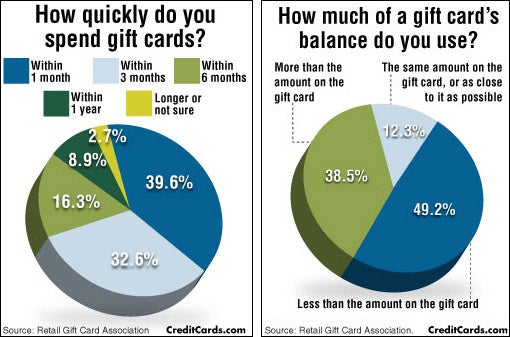Glass engravers have actually been very competent artisans and musicians for countless years. The 1700s were specifically noteworthy for their accomplishments and appeal.
For example, this lead glass goblet demonstrates how inscribing incorporated style patterns like Chinese-style themes right into European glass. It likewise highlights just how the skill of a great engraver can generate imaginary depth and visual structure.
Dominik Biemann
In the initial quarter of the 19th century the traditional refinery region of north Bohemia was the only location where ignorant mythical and allegorical scenes engraved on glass were still in fashion. The goblet visualized below was engraved by Dominik Biemann, who specialized in little pictures on glass and is considered as one of the most essential engravers of his time.
He was the kid of a glassworker in Nové Svet and the bro of Franz Pohl, an additional leading engraver of the period. His work is characterised by a play of light and shadows, which is particularly obvious on this cup presenting the etching of stags in woodland. He was also known for his deal with porcelain. He passed away in 1857. The MAK Gallery in Vienna is home to a huge collection of his jobs.
August Bohm
A notable Nurnberg engraver of the late 17th century, Bohm dealt with delicacy and a feeling of calligraphy. He inscribed minute landscapes and engravings with vibrant official scrollwork. His job is a forerunner to the neo-renaissance design that was to control Bohemian and various other European glass in the 1880s and past.
Bohm embraced a sculptural feeling in both relief and intaglio engraving. He exhibited his mastery of the latter in the finely crosshatched chiaroscuro (shadowing) effects in this footed goblet and cut cover, which depicts Alexander the Great at the Battle of Granicus River (334 BC) after a painting by Charles Le Brun. Despite his considerable skill, he never achieved the popularity and lot of money he looked for. He passed away in scantiness. His other half was Theresia Dittrich.
Carl Gunther
Regardless of his vigorous job, Carl Gunther was a relaxed guy who delighted in hanging out with family and friends. He loved his daily ritual of visiting the Collinsville Elder Facility to appreciate lunch with his friends, and these minutes of friendship offered him with a much needed respite from his requiring job.
The 1830s saw something quite extraordinary take place to glass-- it came to be vivid. Engravers from Meistersdorf and Steinschonau produced richly coloured glass, a taste known as Biedermeier, to fulfill the need of Europe's country-house classes.
The Flammarion engraving has actually come to be a sign of this new taste and has actually shown up in books devoted to scientific research along with those checking out mysticism. It is also located in many museum collections. It is thought to be the only enduring instance of its kind.
Maurice Marinot
Maurice Marinot (1882-1960) started his career as a fauvist painter, yet came to be amazed with glassmaking in 1911 when going to the Viard brothers' glassworks in Bar-sur-Seine. They offered him a bench and showed him enamelling and glass blowing, which he mastered with supreme ability. He established his own strategies, making use of gold flecks and exploiting the bubbles and various other natural flaws of the product.
His method was to treat the glass as a creature and he was one of the initial 20th century glassworkers to utilize weight, mass, and the visual result of all-natural problems as aesthetic aspects in his works. The event shows the significant influence when to gift custom glass that Marinot had on modern glass manufacturing. Sadly, the Allied battle of Troyes in 1944 ruined his studio and countless drawings and paints.
Edward Michel
In the early 1800s Joshua presented a style that mimicked the Venetian glass of the duration. He used a strategy called diamond factor engraving, which entails scratching lines right into the surface of the glass with a tough metal apply.
He likewise created the very first threading equipment. This creation allowed the application of long, spirally wound routes of color (called gilding) on the text of the glass, a vital attribute of the glass in the Venetian style.
The late 19th century brought brand-new design concepts to the table. Frederick Kny and William Fritsche both worked at Thomas Webb & Sons, a British business that concentrated on excellent quality crystal glass and speciality coloured glass. Their work showed a preference for classic or mythical subjects.
